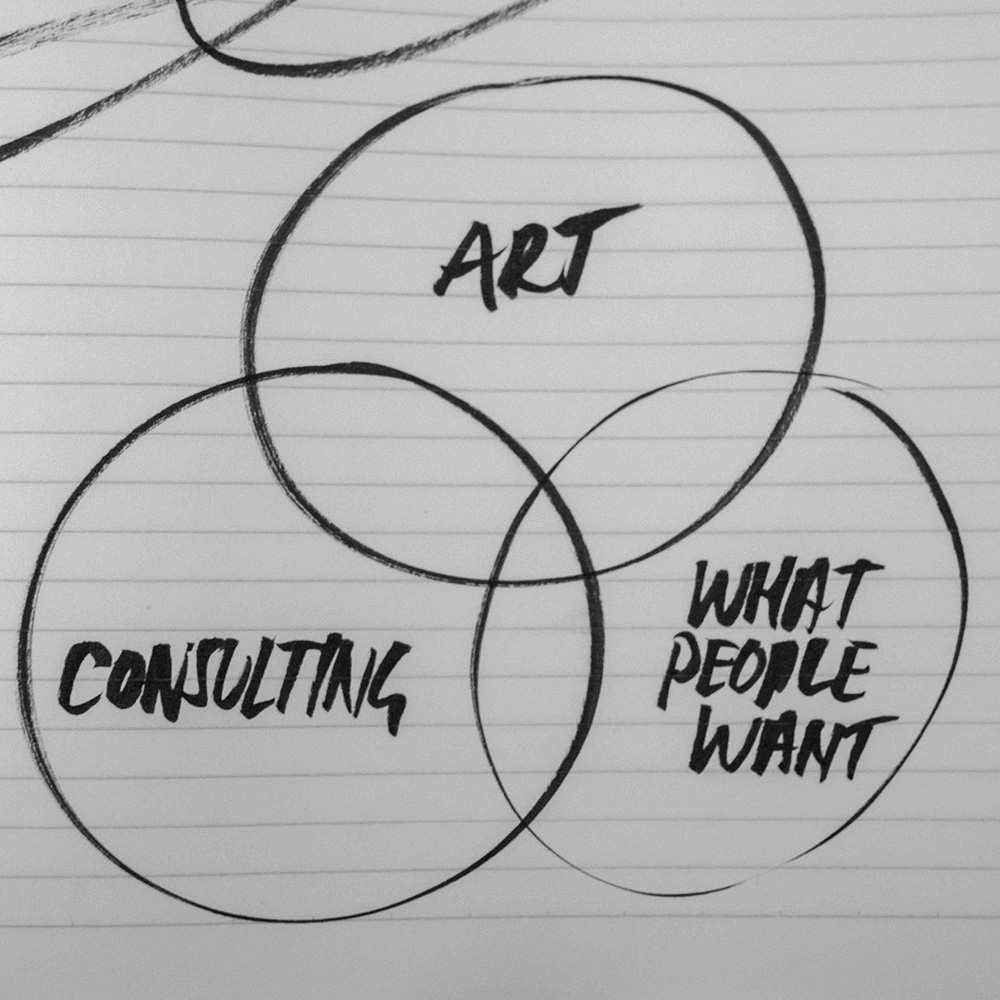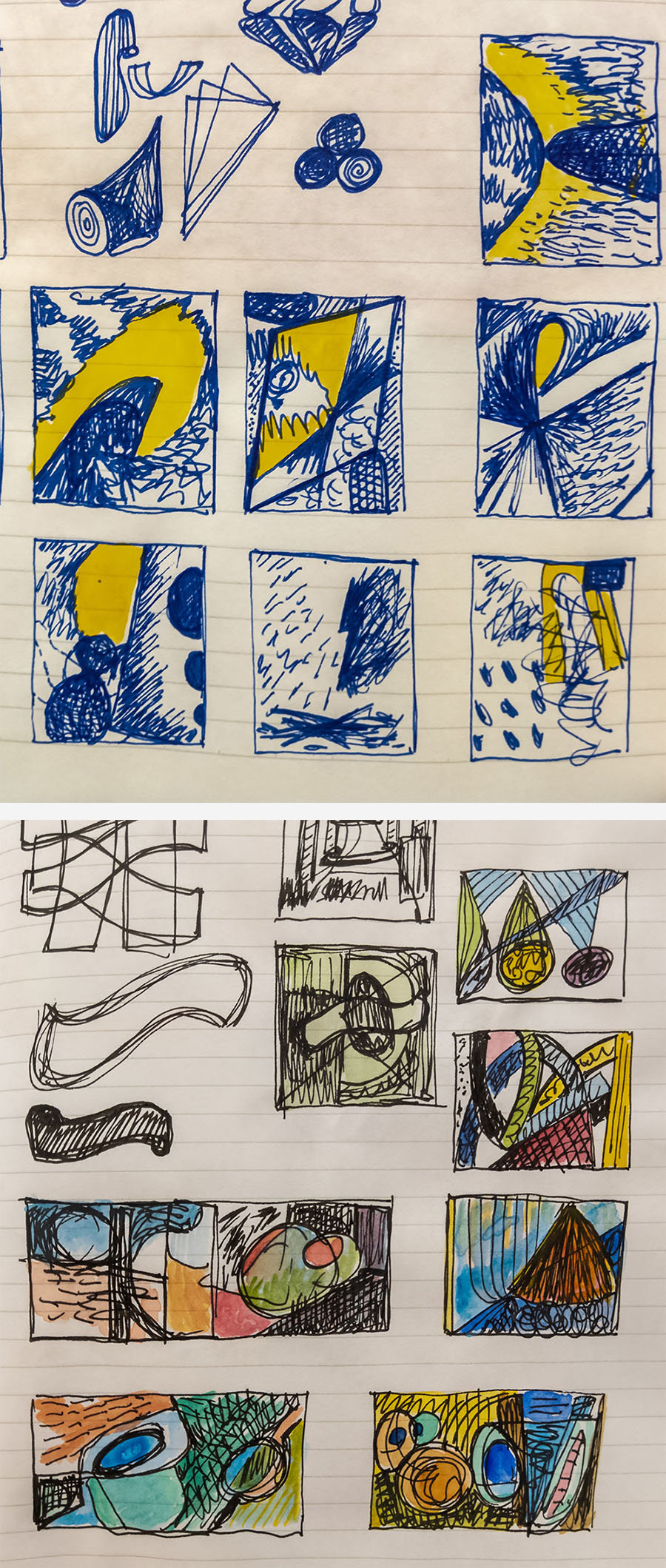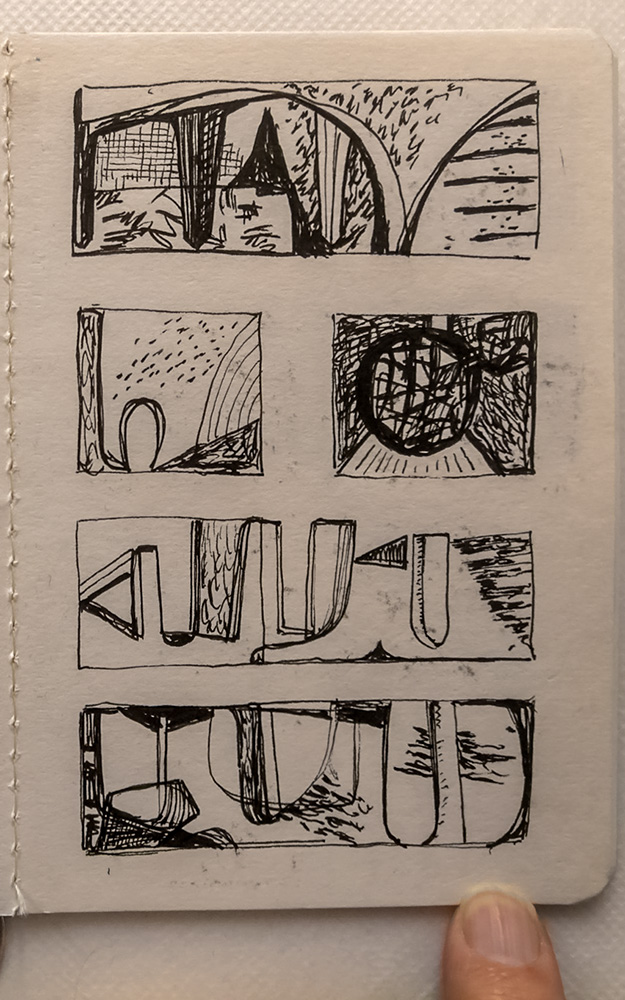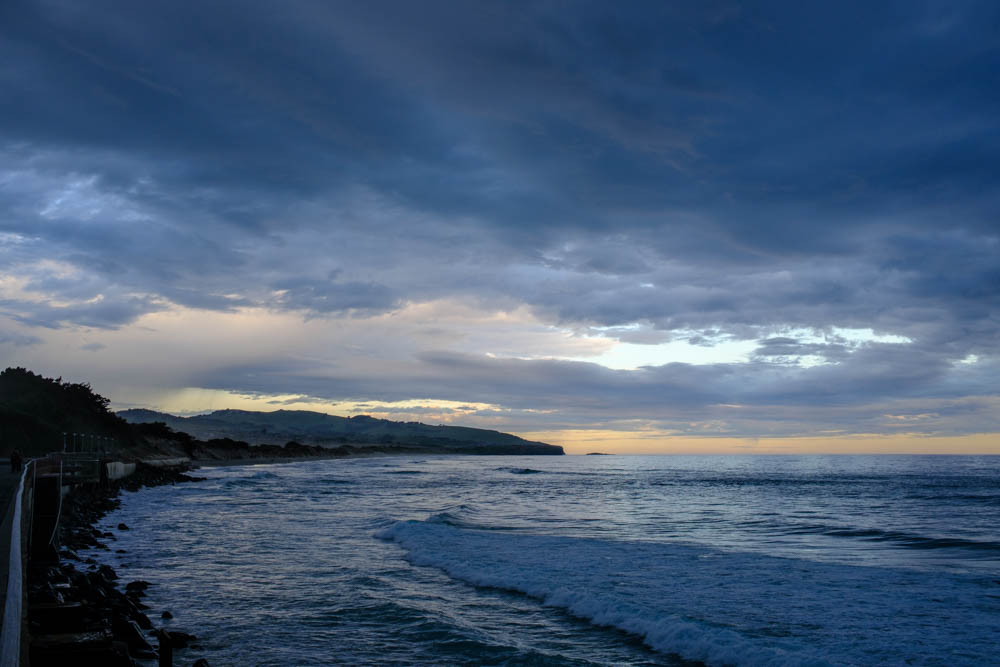Start with where you are
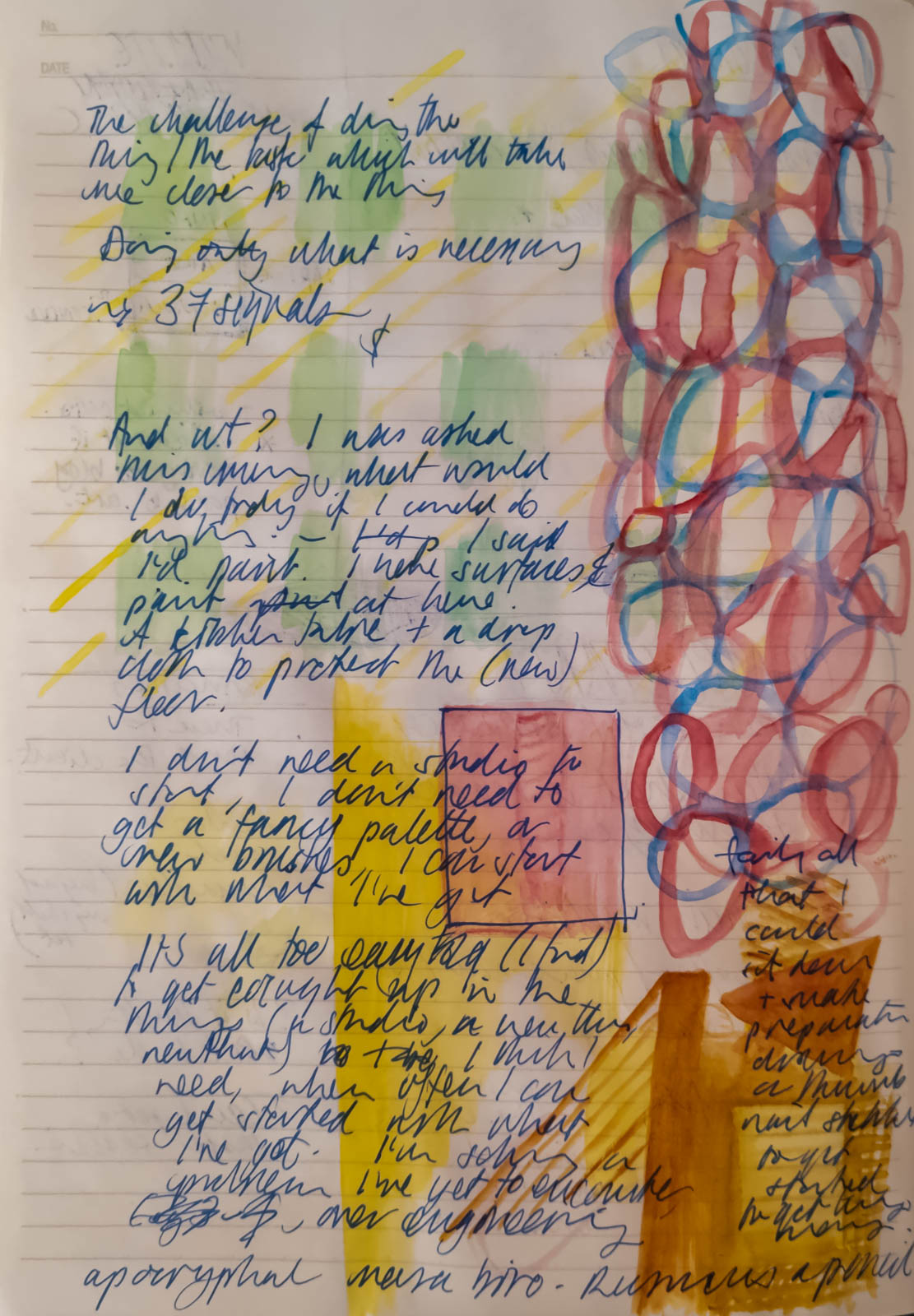
Shitty first draft
This morning, in my email, I was asked, “What’s your learning edge right now?”
My learning edge is doing the task/action/thing that will really take me closer to my goal. This often means letting go of the tasks I find easy or more attractive and instead doing that one thing sitting on the edge of my discomfort zone, niggling to be done. It’s the one that will move me closer to my goal.
Part of this edge is focussing on the necessary, the essential.
In 2004, the software company 37 Signals launched Basecamp, an online project management software for teams. You got a 30-day free trial and would be billed monthly. The thing is, when launched, for several reasons, 37 Signals had no way to bill customers. They gave themselves 30 days to create a payment system.
I love this. Shipping/launching with what is necessary. Nothing more, nothing less.
I was also asked this morning (so many questions!) if I could do anything today, what would I do? My answer was, “I’d paint”.
To do this, I’d need to go home, get out my paints and brushes, a canvas or two, and a drop cloth to protect the new floor, and I’d be good to go. I don’t need a studio (though it might be nice), I don’t need new surfaces, or to wait for inspiration. I can start with what I already have. And yet so often, I have found myself getting caught up in solving future problems I don’t yet have and will never have unless I take the first step and start with what I’ve got and where I’m at.
I realise I’m saying a couple of things here:
- Start with where you are and what you’ve got. You can make the rest up later when, and if, you need to.
- Asking (and identifying) what is the one thing that will really move you closer to your goal is a great way to focus on the essential thing to do.
